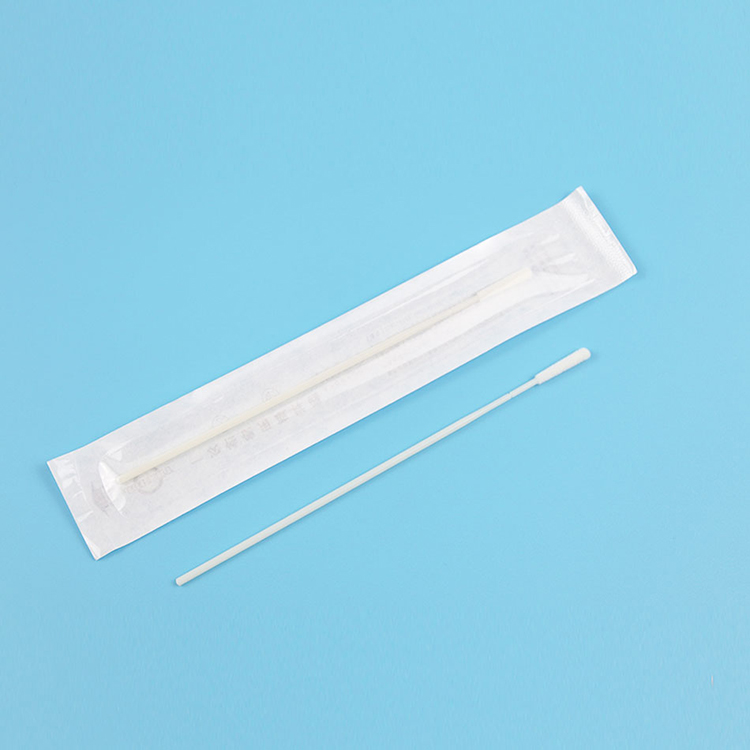In recent years, China's medical device industry is gradually becoming a sunrise industry with relatively complete product categories, increasing innovation capabilities, and strong market demand.
By the end of 2013, there were 15,961 registered medical device manufacturers in China, 177,035 enterprises, and 78,681 medical device registration certificates. Last year, the scale of foreign trade of medical devices in China reached US$34.31 billion, of which exports were US$19.335 billion, up 9.92% year-on-year, and imports were US$14.975 billion, up 20.07% year-on-year.
In the 10 years from 2003 to 2013, 30 medical device companies in China were listed and became the leading enterprises in the rapid development period. For example, Mindray, Bao Laite, Libang, Neusoft, Cisco, and China Resources Wandong have accelerated their efforts in the fields of imaging, monitoring, ultrasound, and biochemistry with the help of capital market power; Genesis and Kanghui have emerged in orthopedic equipment; Lepu and Mini-invasion The minimally invasive field of vascular disease reflects high-tech, high value-added products.
M&A in the industry in 2013 promoted the development of enterprises, such as Fosun Pharma's acquisition of Alma in Israel and MicroPort's acquisition of White Orthopaedics, which enabled China's medical device companies to actively integrate into global value chain competition. The state, to the initial formation of a complete chain.
However, both the upstream and downstream ends of the value chain lack autonomy. For example, there is still a big gap between key technical equipment and foreign countries. The market demand is from Europe, America, Japan, and key parts (raw materials) still need to be imported in large quantities or still not rid of imports. The dependence of products, the "three heads outside" pattern has become the driving force for the leap-forward development of China's enterprises and the thrust of structural adjustment and upgrading.
Transformation and upgrading are inevitable choices
At present, in terms of high value-added and high-tech content, China's medical device industry is still difficult to compete with similar industries in developed countries such as Europe and the United States. However, in the low- and mid-end medical device sectors, Chinese enterprises have already had a large competitive advantage. As well as rising space, investment is gradually tilting towards high value-added products and channels.
In 2013, the total amount of Chinese M&A reached US$93.303 billion, a record high. Although Chinese companies have encountered some obstacles in acquiring other companies, foreign mergers and acquisitions will further increase. In the future, in the process of China's rapid growth to medium-speed growth, in order to find interest growth points, corporate mergers and acquisitions activities will be further active.
Throat Swab refers to a sterilized medical long cotton swab, dipped in a small amount of secretions from the throat of the person to be tested, and then tested for the virus in the respiratory tract. The detection method is to instruct the patient to open his mouth and make an "ah" sound to fully expose the pharynx, and then use a long cotton swab to wipe the secretions on the pharyngeal and palatine arches and tonsils on both sides. , and seal it for inspection in time. It is best not to use drugs before the test, so as not to affect the test results, the patient may have throat discomfort during the test, which is mostly tolerated. Clinically, throat swabs can be used to detect respiratory syncytial virus, influenza A and B viruses, and novel coronavirus pneumonia. The method is simple to operate, convenient and fast, and can produce results quickly, thereby guiding clinical diagnosis and treatment.

Throat Swab,Disposable Sampler Swab,Disposable Flocking Swab,Take Oral Saliva Swab
Jiangsu HXRT MD Co.,Ltd , https://www.jshxrtmed.com